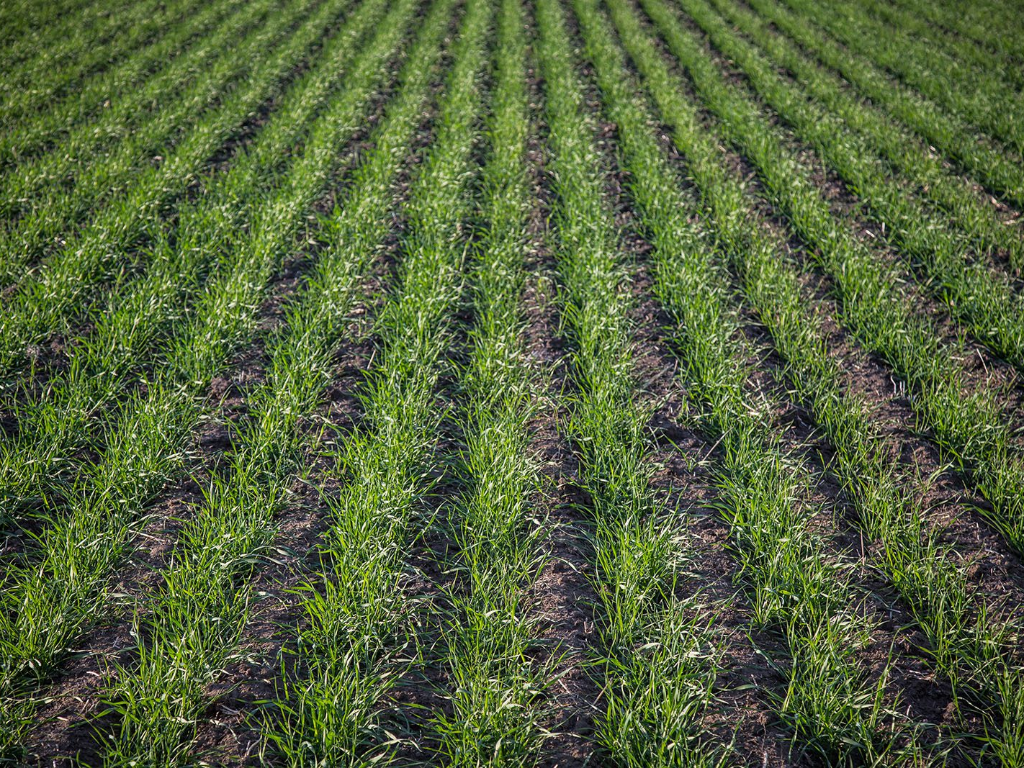In the evolving landscape of agriculture, where tradition meets innovation, the concept of minimum tillage has emerged as a transformative force. This approach, steering away from conventional plowing practices, is not just a trend but a profound shift in the paradigm of cultivating the land. Let's explore why minimum tillage is garnering attention and why it might be the key to sustainable and efficient farming.
Preserving Soil Health: The Silent Foundation of Agriculture
One of the cornerstones of minimum tillage is its commitment to preserving soil health. Traditional plowing, while effective in some aspects, can lead to soil erosion, disruption of microbial ecosystems, and a decline in overall soil fertility. Minimum tillage takes a gentler approach, leaving the soil structure largely undisturbed. This, in turn, promotes better water retention, reduced erosion, and a thriving habitat for beneficial soil organisms.
Conserving Moisture and Water Resources:
In an era where water conservation is paramount, minimum tillage stands as a champion in preserving moisture in the soil. By minimizing soil disturbance, this approach creates a protective layer, preventing water from evaporating. This not only reduces the need for irrigation but also makes farming more resilient in the face of unpredictable weather patterns.
Mitigating Greenhouse Gas Emissions: A Climate-Smart Approach
Traditional plowing releases carbon stored in the soil into the atmosphere, contributing to greenhouse gas emissions. Minimum tillage, with its reduced soil disturbance, helps sequester carbon in the soil, acting as a climate-smart approach. It's a small but impactful contribution to mitigating the effects of climate change and promoting environmentally responsible farming practices.
Time and Cost Efficiency:
Beyond the environmental benefits, minimum tillage speaks to the pragmatism of modern farming. By minimizing the number of passes over the field, farmers save time and reduce fuel consumption. This not only translates to cost savings but also allows for more efficient land management, especially for larger agricultural operations.
Transitioning to Minimum Tillage: A Strategic Shift
For farmers contemplating the shift to minimum tillage, the transition is not just a change in practice but a strategic shift in approach. It involves understanding the nuances of the land, adapting equipment, and embracing a more holistic view of farming. Education and peer learning play crucial roles, with workshops and collaborative platforms becoming hubs for sharing experiences and best practices.
Embracing the Future of Agriculture
As we stand at the crossroads of tradition and innovation, minimum tillage beckons as a pathway to a more sustainable, efficient, and environmentally conscious future for agriculture. It's a silent revolution that honors the land, preserves resources, and aligns with the global call for responsible farming practices.
So, dear farmer, as you contemplate the best way forward, consider the impact of minimum tillage not just on your fields but on the larger canvas of global agriculture. It's not just a shift in practice; it's a stride toward a more resilient and sustainable farming future. Here's to cultivating change, one minimum tillage field at a time.
<iframe width="560" height="315" src="https://www.youtube.com/embed/H-qXpGx-iFY?si=Lx0nuVk6o3tUcvyb" title="YouTube video player" frameborder="0" allow="accelerometer; autoplay; clipboard-write; encrypted-media; gyroscope; picture-in-picture; web-share" referrerpolicy="strict-origin-when-cross-origin" allowfullscreen></iframe>

